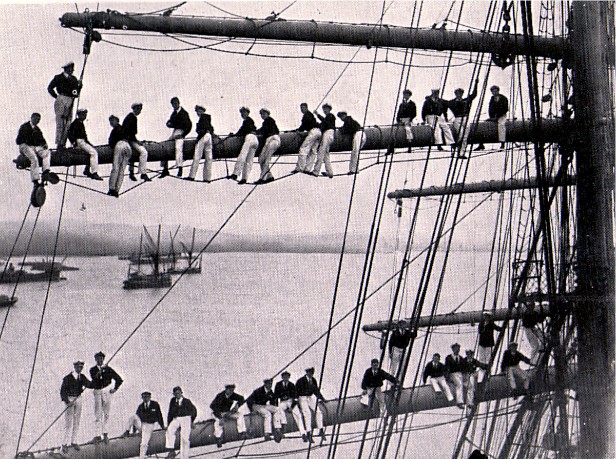Leslie Grantham Heigham-Plumptre
Leslie was the son of J.V.N. Plumptre and Mary Ling. He was adopted by Henry Heigham and adopted his surname in addition to that of his father. He joined the school aged just nine years old from Shrewsbury House Preparatory School. He started initially as a day boy in Ashburnham in 1907 and then became a boarder in Grant’s. Leslie left in Easter 1913, then aged fifteen, and joined HMS Worcester. The ship was the home of the Thames Nautical Training College and cadets received training with a view to becoming seamen in the navy.
Leslie’s career took him in a different direction and he joined the Royal Military College, Sandhurst in 1917 before taking a commission as a 2nd Lieutenant in the 3rd Battalion of the Bedfordshire Regiment in September 1917. In December he was attached to the Royal Flying Corps, and he went out to the Western Front in March 1918. Eleven days after arriving, he was wounded and invalided home, but he returned to the front on 19th May. Once again, less than a fortnight after arriving he was injured in a bombing raid. He died from his wounds on 4th June 1918.


